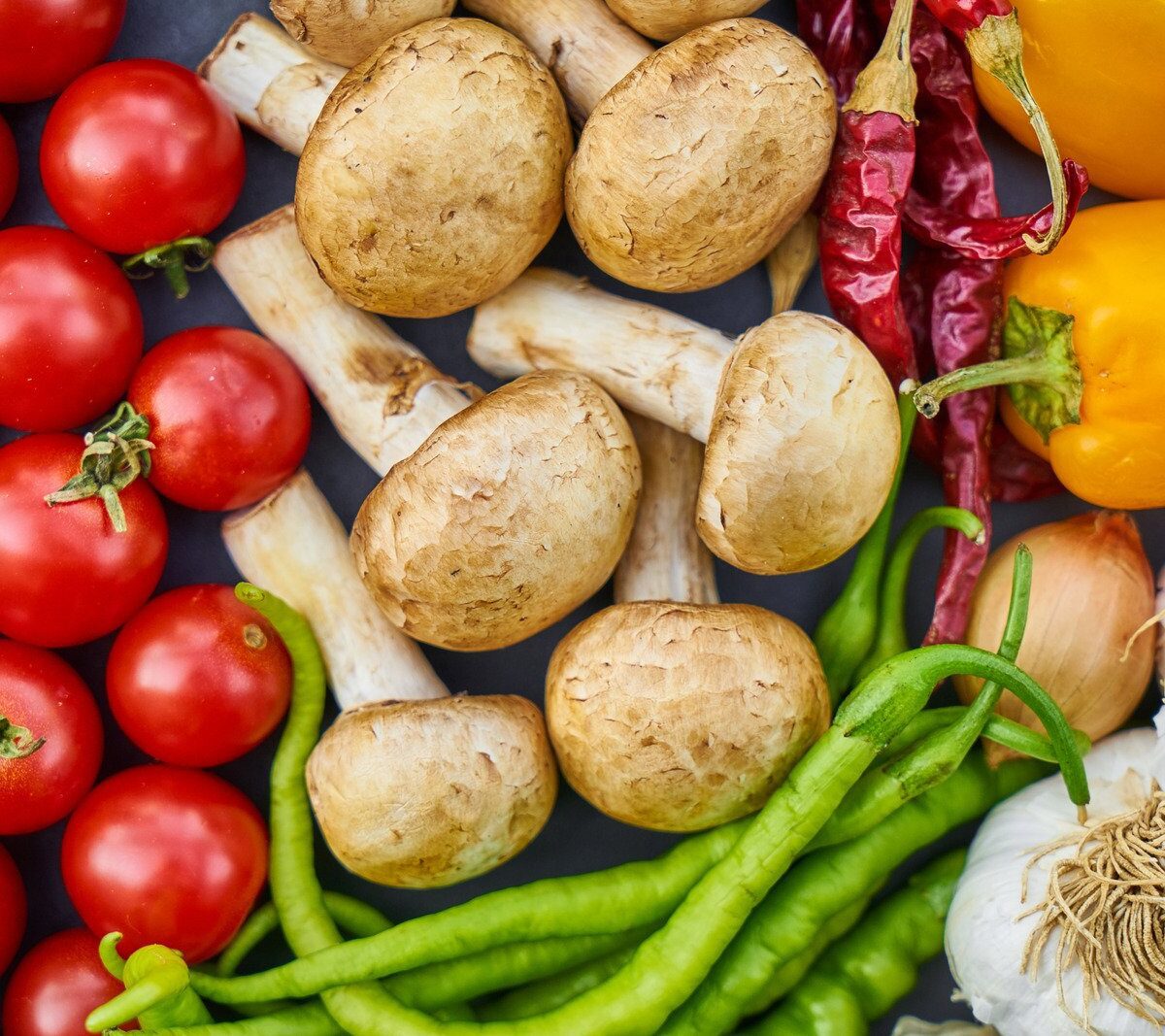In today’s fast-paced world, where processed and convenience foods often dominate our diets, prioritizing nutrient-dense foods is crucial for overall health and well-being. Nutrient-dense foods are rich in essential nutrients like vitamins, minerals, fiber, and antioxidants, offering numerous health benefits and supporting optimal bodily functions. In this comprehensive guide, we will explore practical strategies, expert tips, and delicious recipes to help you incorporate more nutrient-dense foods into your daily meals.
Understanding Nutrient-Dense Foods
Before diving into the ways to incorporate more nutrient-dense foods into your diet, it’s important to understand what makes a food nutrient-dense. Nutrient density refers to the amount of nutrients a food provides relative to its calorie content. Foods that are nutrient-dense offer a high concentration of vitamins, minerals, antioxidants, and other beneficial compounds without excessive calories, sugar, sodium, or unhealthy fats.
Examples of nutrient-dense foods include:
- Fruits and vegetables: Berries, leafy greens, cruciferous vegetables, sweet potatoes, and colorful fruits like oranges, apples, and kiwis.
- Whole grains: Quinoa, brown rice, oats, barley, whole wheat bread, and whole grain pasta.
- Lean proteins: Skinless poultry, fish, lean cuts of beef or pork, tofu, tempeh, legumes (beans, lentils, chickpeas), and eggs.
- Nuts and seeds: Almonds, walnuts, chia seeds, flaxseeds, pumpkin seeds, sunflower seeds, and nut butters.
- Dairy or dairy alternatives: Greek yogurt, unsweetened almond milk, cottage cheese, and fortified plant-based milks.
Benefits of Incorporating Nutrient-Dense Foods
Incorporating more nutrient-dense foods into your diet offers a wide range of benefits for your overall health and well-being:
- Enhanced Nutrient Intake: Nutrient-dense foods provide a wealth of essential vitamins, minerals, and antioxidants that support optimal bodily functions, including immune function, metabolism, and cellular repair.
- Improved Energy Levels: Nutrient-dense foods are rich in complex carbohydrates, fiber, and healthy fats, providing sustained energy and preventing energy crashes throughout the day.
- Weight Management: Nutrient-dense foods are typically lower in calories but higher in satiety-promoting nutrients like fiber and protein, helping you feel fuller for longer and reducing overall calorie intake.
- Heart Health: Many nutrient-dense foods, such as fruits, vegetables, whole grains, and fatty fish, are beneficial for heart health, lowering cholesterol levels, reducing inflammation, and supporting cardiovascular function.
- Digestive Health: The fiber content in nutrient-dense foods promotes healthy digestion, regulates bowel movements, and supports gut microbiome diversity, which is linked to overall health and immune function.
- Brain Function: Nutrient-dense foods rich in omega-3 fatty acids, antioxidants, and B vitamins support brain health, cognitive function, mood regulation, and mental clarity.
- Disease Prevention: A diet high in nutrient-dense foods is associated with a lower risk of chronic diseases such as type 2 diabetes, obesity, hypertension, certain cancers, and neurodegenerative disorders.
Practical Strategies to Incorporate Nutrient-Dense Foods
1. Prioritize Fruits and Vegetables
Make fruits and vegetables the focal point of your meals and snacks. Aim to fill half of your plate with colorful fruits and vegetables at each meal. Choose a variety of produce to ensure you get a diverse range of nutrients. Incorporate fruits into breakfasts, snacks, and desserts, and include vegetables in salads, soups, stir-fries, and side dishes.
2. Choose Whole Grains
Opt for whole grains instead of refined grains to boost your fiber intake and nutrient profile. Choose options like quinoa, brown rice, oats, whole wheat bread, and whole grain pasta. These whole grains provide complex carbohydrates, fiber, vitamins, and minerals that contribute to overall health and satiety.
3. Include Lean Proteins
Incorporate lean protein sources into your meals to support muscle repair, growth, and satiety. Choose lean cuts of poultry, fish, tofu, tempeh, legumes, and eggs. Include protein in each meal and snack to balance blood sugar levels and promote fullness.
4. Add Healthy Fats
Include sources of healthy fats in your diet to support heart health, brain function, and nutrient absorption. Choose foods like avocados, nuts, seeds, olive oil, fatty fish (salmon, mackerel), and coconut oil. Use these healthy fats in moderation to enhance flavors and promote satiety.
5. Snack Smart
Choose nutrient-dense snacks to satisfy hunger between meals and prevent overeating. Opt for options like fresh fruit, raw vegetables with hummus, Greek yogurt, nuts and seeds, whole grain crackers with nut butter, or homemade energy bars. Avoid sugary and processed snacks that offer empty calories.
6. Drink Plenty of Water
Stay hydrated by





